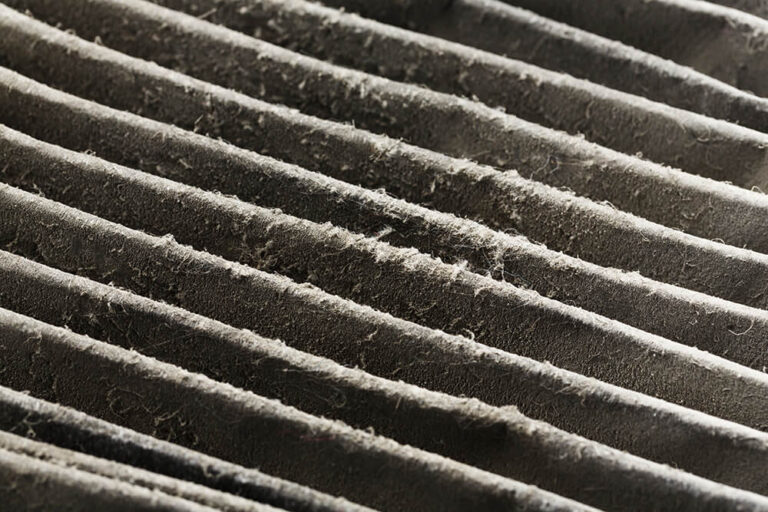Types; life expectancy; efficiency rating. Everything you need to know about your furnace’s filter
There are some costs you can’t get away from. But some are optional – you only incur them because you overlooked something. Repairing furnace damage that came about because a filter wasn’t cleaned or replaced when it should have been falls in that category. So one purpose of this post is to remind you:
- That your furnace has a filter; and
- That the filter needs to be checked regularly to see whether it needs cleaning and/or replacing.
What is a furnace filter for?
Let’s start with a common misconception. The filter is not there to decontaminate the air in the house. That’s a by-product. What the filter is actually there for is to protect the fan by removing dust, bugs and other stuff that would otherwise be sucked into the fan through the inlet ducts and either damage the fan or, at the very least, shorten its life.
MERV ratings and what they mean
Furnace filters are rated on the minimum efficiency reporting value (MERV) scale, which runs from 1 to 16. 16 is the most efficient; a MERV 16 filter can remove the most particles. Really, we would not recommend a filter with a MERV value below 8 for most homes and nor would we go above 11 unless someone living there has an allergy (in which case, a very high value filter might bring relief).
Reusable and non-reusable filters
No filter lasts for ever, but there are some that will give five years effective life so long as they are regularly cleaned. Others have to be discarded after a set time – a pleated filter, for example, will probably last ninety days (and not the two years it regularly gets asked to survive) before needing to be replaced.
Filter types
We’ve already mentioned pleated filters; a disposable pleated filter is made of folded paper and polyester and does a good job but should be checked every month and replaced after three. Price varies according to size, material and MERV rating – and size is not optional; your furnace takes filters of one size and one size only, so that’s the size you need to fit.
Disposable fiberglass filters are the cheapest kind and you do get what you pay for – 90 days is an ambitious life expectancy for the poorest quality.
Permanent reusable filters are the most efficient and cost the most to install, though the fact that they should last five years if they are properly maintained makes them cost-effective over the longer term. (No, we agree; five years is not “permanent” – but it is when you’re a filter. And “properly maintained” means take them out at least once every three months (switch the furnace off first), vacuum them and then wash them and allow them to dry before putting them back).
Reusable and throw-away filters can be
electrostatic; electrostatic filters trap small particles so they’re good in houses with people who have allergies, or where there are pets or smokers. Not all furnaces can use electrostatic filters, though, so check your furnace manual before trying to fit one.
Take care of your filter
You might be surprised to know how often, when we’re called to repair a furnace, we find that the problem began when a filter was left uncleaned or unreplaced for too long. Yes, filters cost money; generally speaking, repairing a furnace costs more. Look after your filter. It’s doing its best to look after you


